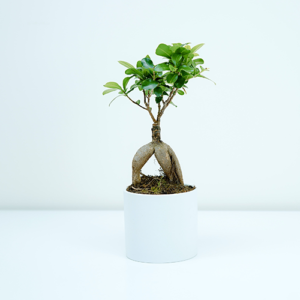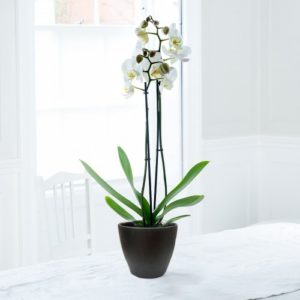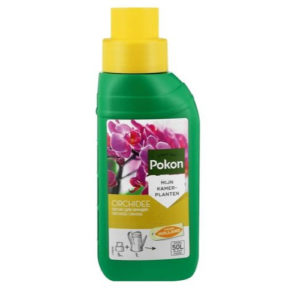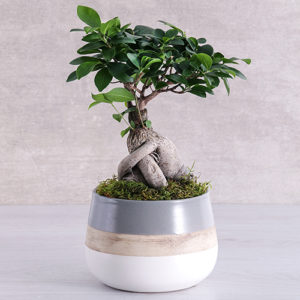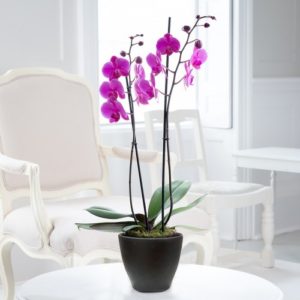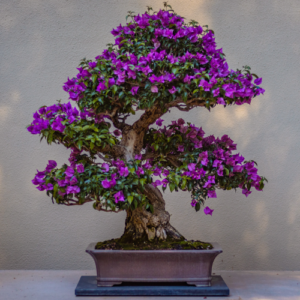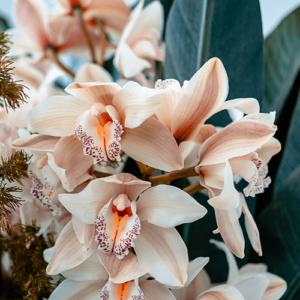BONSAI
Bonsai
How to take care of your precious Bonsai
Watering Bonsai
How Often Should You Water? When people walk into our nursery, this is, without exception, the most asked question. Unfortunately, there is no simple answer. How often you should water a bonsai tree depends on several different variables: what type of tree is it, what time of year is it, where is your tree kept, where do you live, and more than a few others. Watering bonsai is a constant balance between too much and too little.
How Should You Water? The “best” way to water is to first wet the soil a little, this will improve the soil’s ability to absorb a larger volume of water, and then you should water thoroughly until the soil is saturated. Make certain that the entire soil mass gets wet – every time – you water and wait for the excess to run out of the drainage holes to be sure.
When Should You Water? The “best” time to water is arguably early in the morning, before your bonsai begins its day of photosynthetic activities. However, it is important to be vigilant about its watering needs throughout the day, especially during the summer. Bear in mind that bonsai trees do not grow when the soil is wet and they do not grow when the soil is dry: it is only during the in between periods that your bonsai tree takes in water and nutrients. You also need to be aware of the amount of light your new bonsai is getting, the temperature of the room your bonsai is located in and the humidity levels of that immediate area. You also need to be realistic about your other life responsibilities, not only for their sake, but also for the sake of your bonsai. Work out a watering schedule that is realistically feasible. It makes no sense to schedule watering late in the morning, if you know that five days a week you’re going to be out the door by 7 AM. Be practical or you and your bonsai will be sorry.
What Kind Of Water Should You Use? Water your new bonsai with room temperature tap water, because cold water has the potential to shock its roots. If you have the ability and the time to collect rain to water, that is great, but it is unnecessary unless the water in your neighborhood is unfit to drink – and, if it is, you might consider moving yourself and your bonsai somewhere safer.
Light
How Much Light Does A Bonsai Require? Providing the correct amount of light for your bonsai is crucial to keeping it healthy. However, there are no simple answers as to how much light bonsai trees in general “require”. Light requirements are specific to the type of tree and are further dependent upon specific variations in the location they are kept – namely your home. It is a good idea to speak to your local bonsai supplier or a fellow bonsai enthusiast that has experience growing bonsai in a setting very similar to your own.
What Kind Of Light Is Best?Sunlight is by far the best type of light for bonsai trees and most other living creatures on earth. As such, the brightest window in your home is arguably the best spot for your indoor bonsai trees. However, the brightest window in your home may be located next to the fireplace. So, in a case like this you need to find an alternative and more practical location and use some type of artificial lighting system.
What Kind Of Artificial Light Should You Provide? A grow light and timer are a simple solution for providing additional light. Set your timer for 12 to 16 hours of supplemental lighting and position your bonsai within 1 to 4 inches of your light source.
Humidity
Why Is Humidity Important For Bonsai? Although indoor bonsai slow their growth in winter and do not need as much water, they still do require sufficient humidity. Humidity helps to reduce water loss through the processes of transpiration. Transpiration will have a negative effect on your bonsai’s ability to retain water and remain healthy.
How Can Humidity Be Improved? The sometimes dry climate of a home or apartment can be altered to benefit your bonsai tree. Placing your bonsai on a “humidity tray” filled with decorative pebbles, that should be kept wet at all times, will help increase humidity levels. Another solution is regular misting. Misting is the most common humidifying method. It has the additional benefit of removing dust from your bonsai, which blocks sunlight and interferes with the exchange of oxygen and carbon dioxide. Be sure to mist using room temperature water to avoid shock.
What Else Is Helpful To Prevent Dry Conditions? Keep your indoor bonsai trees away from breezy doors, windows and heating sources, such as vents, radiators, and fireplaces; to avoid quickly drying them out. While more sunlight is desirable, it may dry out your bonsai. So, maintaining a watering schedule during winter is just as important as during summer.
Feeding
Why Do Bonsai Need Fertilizer? Bonsai containers are a man-made environment. As such, they require you, in order to maintain the health and development of your bonsai, to provide, in addition to frequent watering, a regular dose of fertilizer to the soil or growing medium.
What Type Of Fertilizer Should You Use? Feed your bonsai with a balanced fertilizer, 20-20-20, at quarter strength, every other week. The numbers 20-20-20 are the percentage, by weight, of the N-P-K (nitrogen, phosphorus, and potassium) contained in that fertilizer. These elements, in addition to minor or trace elements, are necessary for cell division and enzyme processes that allow photosynthesis and the resulting growth to take place.
What Does N-P-K Stand For & What Does It Do? N – Nitrogen is responsible for the size and amount of new growth and, to some extent, the green color of the leaves. Nitrogen is required for cell division and, also, protein manufacturing. P – Phosphorus is also necessary for cell division and is associated with good root growth and flowering. K – Potassium activates cell enzymes and is related with overall healthy cell activity.
Bonsai Fertilizer Notes
- Always water your bonsai thoroughly before fertilizing and never use fertilizer on a dry tree.
- Never fertilize a sick tree, as fertilizer is not medicine.
- When you have finished a bottle of fertilizer, it is a good idea to purchase a different brand, as they all contain different amounts of trace elements and minerals. Exposing your bonsai to different amounts of these important trace elements and minerals is very beneficial.
- If you are not sure how much fertilizer to use, follow the directions on the label and never use more than recommended.
- Fertilizer is a good thing, but too much is a bad thing.
Orders are taken for fresh cut Orchid Blooms on Thursday, Fridays and Saturdays. We are open 7 days a week
Shop Coming Soon
